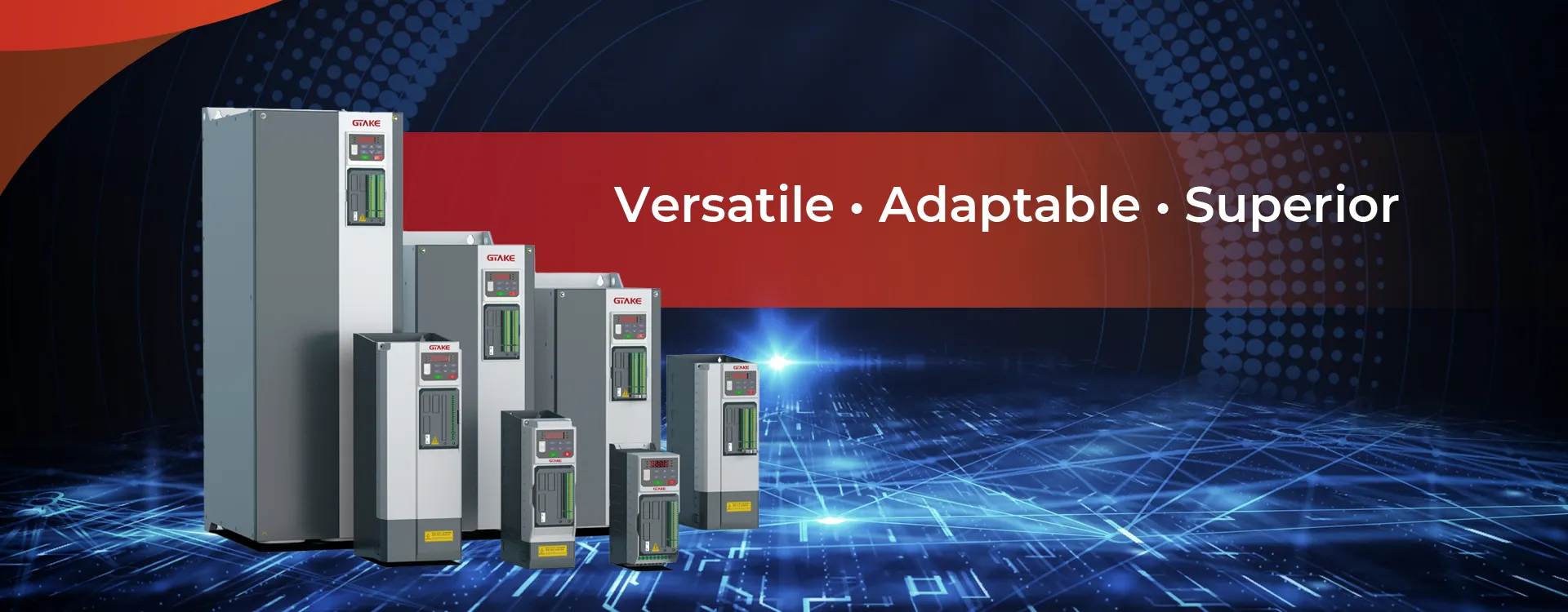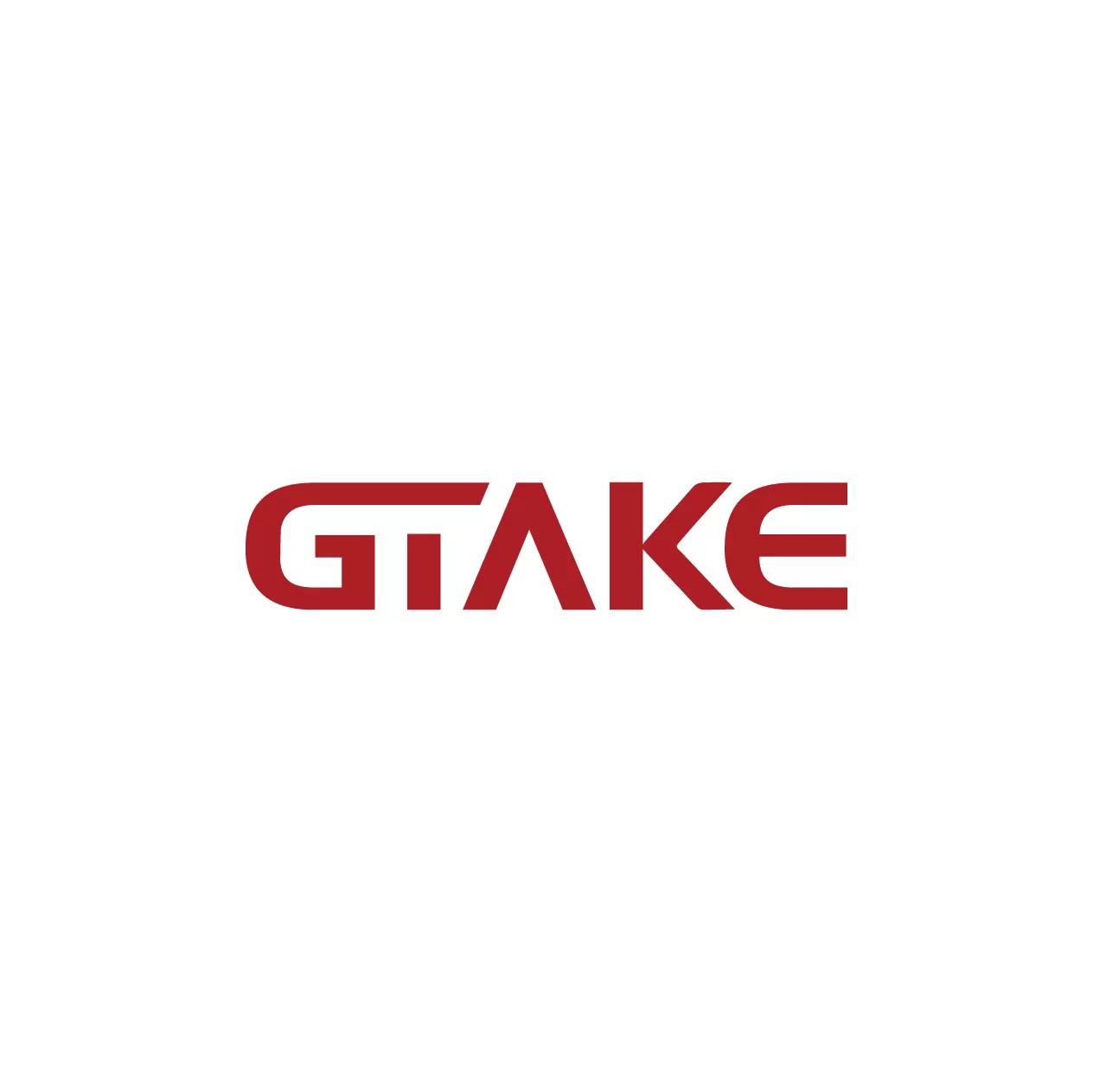
GTAKE specializes in designing and producing innovative AC drives (also known as variable frequency drives), electric vehicle motor controllers, bidirectional DC sources, and test rigs with advanced control algorithms and cutting-edge technology, delivering optimal performance and reliability for industrial automation and new energy applications.
An AFE Drive (Active Front-End Drive) is a type of variable frequency drive (VFD) that uses active power electronics to manage the flow of electrical energy from the power source to an electric motor. Unlike traditional VFDs, which use passive components like diodes for rectification, AFE drives use sophisticated active devices such as IGBTs (Insulated-Gate Bipolar Transistors) to control the conversion of AC power to DC power, offering improved efficiency, power quality, and performance in various industrial applications.
AFE drives are widely used in industries that require precise control over motor operations while maintaining high levels of energy efficiency. These drives are capable of not only controlling motor speed and torque but also improving the power factor of the system and reducing harmonic distortion.
The working principle of an AFE drive involves two main processes: the AC-DC conversion and the DC-AC conversion.
Active Front-End (AFE) Drives are a sophisticated type of variable frequency drive that offer significant benefits in terms of power quality, efficiency, and regenerative capabilities. They are especially beneficial in applications requiring precise motor control, reduced harmonic distortion, and energy recovery. Industries such as manufacturing, energy generation, and transportation can benefit from the enhanced capabilities of AFE drives, which help reduce operational costs, improve system reliability, and contribute to sustainable energy practices.
For applications requiring optimal energy efficiency and minimal impact on the electrical grid, AFE drives represent a powerful solution.
